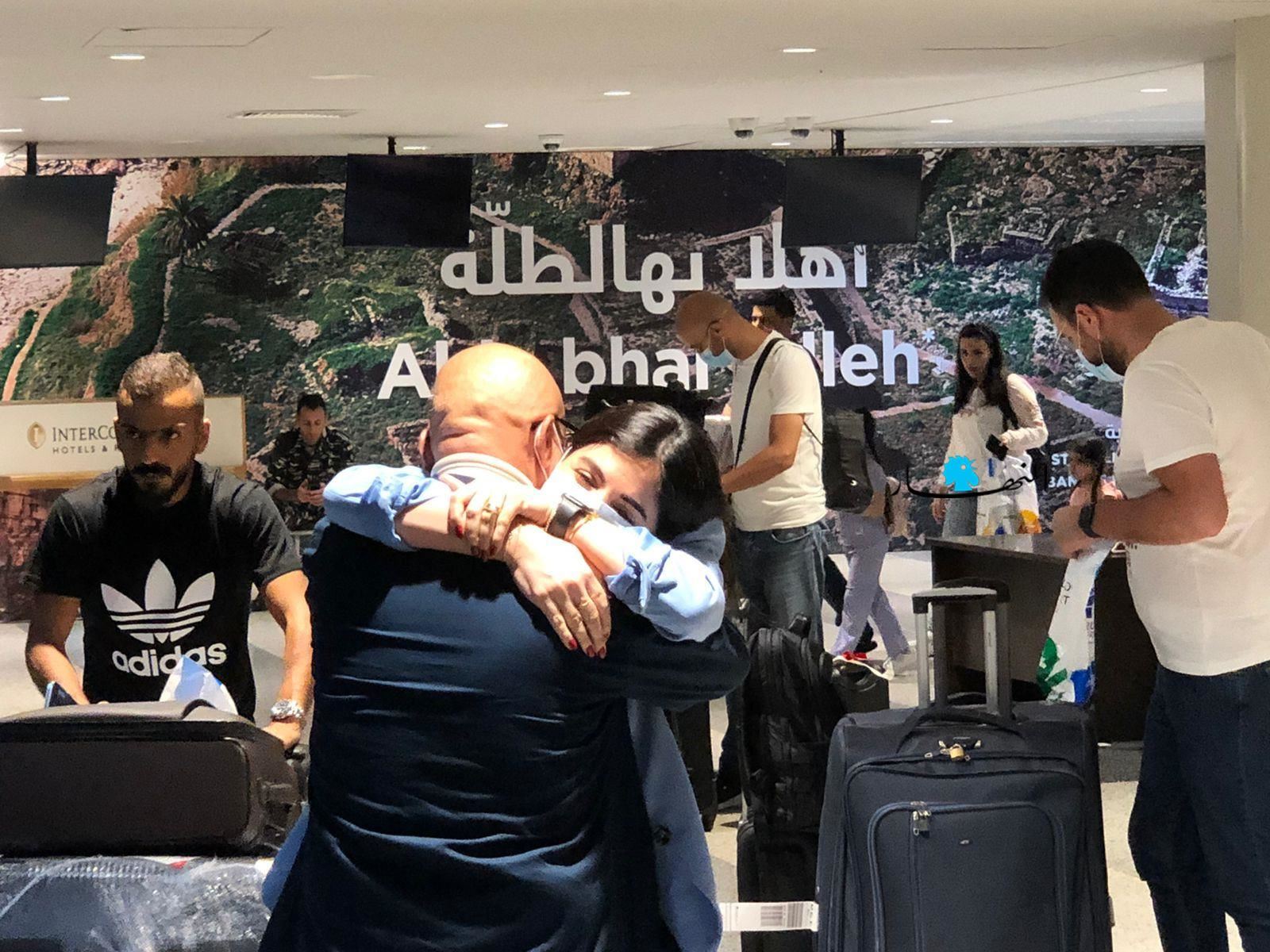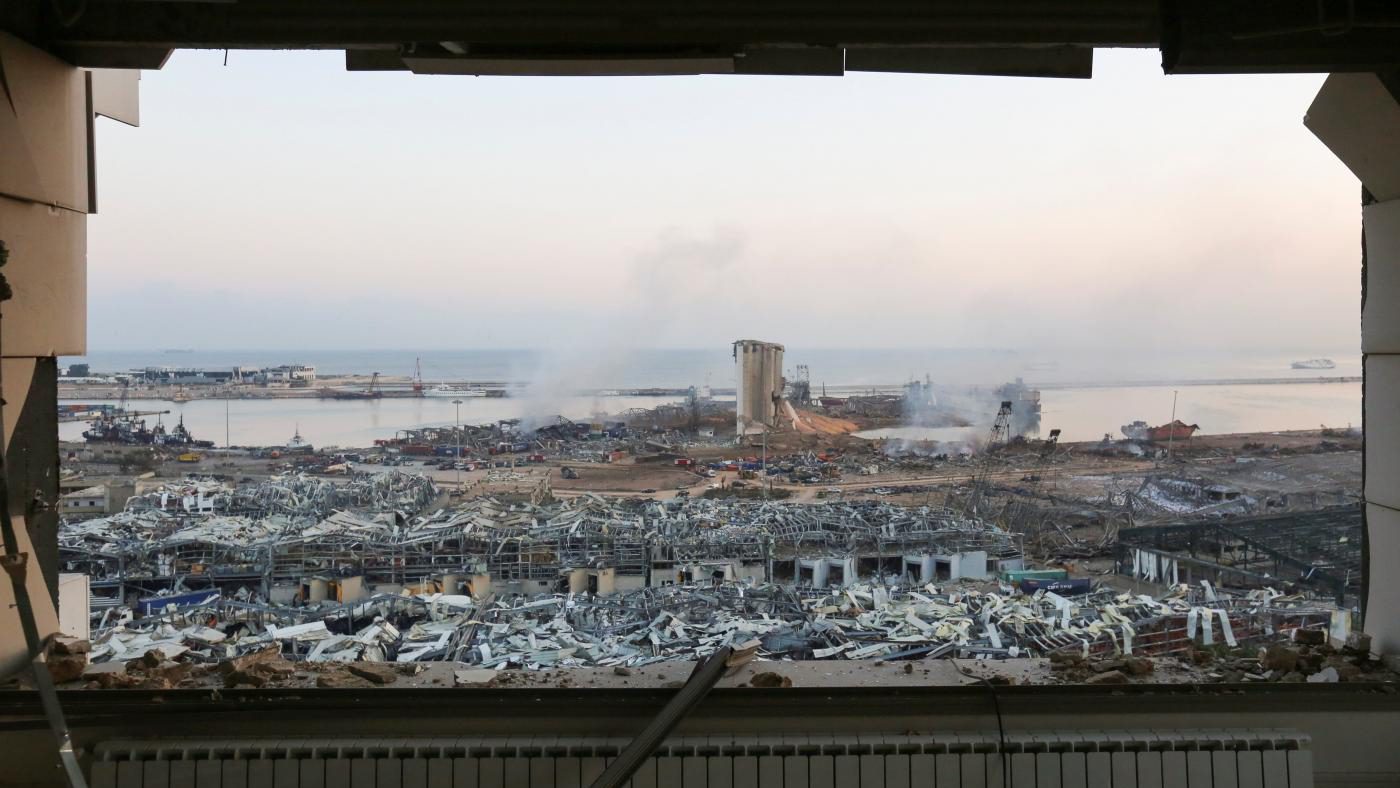What death certificates tell us about the lives of Lebanese
The goal of the Khayrallah Center is to shed light on the important contribution of Lebanese-Americans. Beginning with a focus on North Carolina, we’ve accomplished that by conducting interviews, archiving family photos and movies, and creating cultural projects like a documentary and museum exhibit to showcase all that the community has done over the last century. Last year, we began investigating death certificates as yet another primary source that could help us understand the whole picture of the community. We started with certificates from North Carolina, but we quickly moved to include many other states, providing a wider lens through which to view Lebanese-Americans. We collected North Carolina death certificates from 1909-1975 and have now identified 18 more states with these records published online. So far, we’ve finished collecting records from Tennessee and Kentucky. Through death certificates, we’ll gather statistical and genealogical information about first wave immigrants represented in all these states.
Statistical information such as age, location, and cause of death let us examine the impact of immigration on the health of individuals and the community by comparative study with the general public in the United States and Lebanon.
Genealogical information such as name, country residence, and birthplace will tell us about immigration patterns and family relationships within this country.
Here’s an example of a death certificate and some highlights of the great information found in each document. The Naifeh family appears in both state-based collections with family members in Covington, Tennessee and Hickman, Kentucky. Lizzie Naifeh’s death certificate is one of very few that gives a specific birth location in Lebanon. We have also begin mapping the concentration of Lebanese in each of the 19 states examined. Mapping will allow us to display this important information in an interactive and searchable format for the general public, but also for researchers and members of the community of Lebanese-Americans. As we broaden our scope, these projects will bring country-wide resonance. This project will take about six-months and yield a wealth of information that we look forward to sharing with the public!
- Categories:


